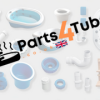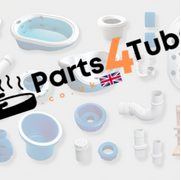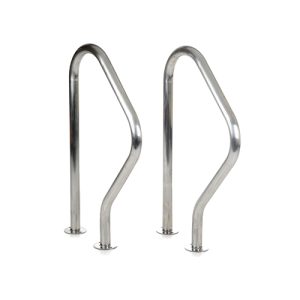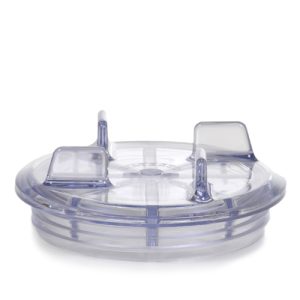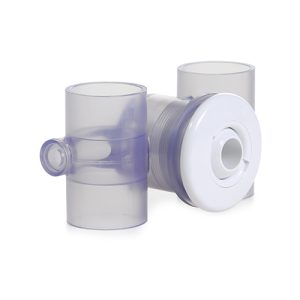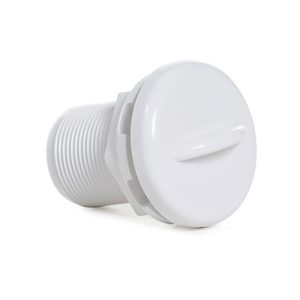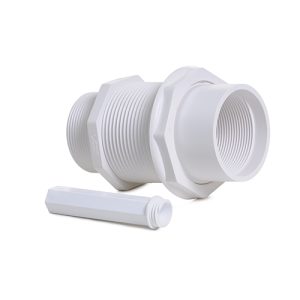BIO-UV20 / 30 / 170 / 250 / 340 Ballast 60-95W High Output
£188.20 Inc VAT
Out of stock
Want to be notified when this product is back in stock?
BIO-UV High Output Electronic Ballast 60-95W – Universal Replacement Component
As a retailer of hot tub spare parts, pool equipment, and UV sterilization systems, I supply genuine replacement ballasts for BIO-UV water treatment units. This high-output electronic ballast is the critical power regulation component that ensures your UV-C lamp operates at optimal germicidal efficiency across multiple BIO-UV model ranges.
Understanding UV Ballast Technology
The electronic ballast serves as the electrical heart of any UV sterilization system. Unlike traditional magnetic ballasts, this high-output electronic unit provides precise current regulation to UV-C lamps, ensuring consistent germicidal output regardless of incoming power fluctuations. The ballast converts standard mains electricity into the specific frequency and voltage required to initiate and maintain the UV lamp’s mercury vapor arc, which produces the 254nm wavelength light that destroys waterborne pathogens.
Wide Model Compatibility
This ballast provides power regulation for several BIO-UV domestic and light commercial ranges:
BIO-UV20 – Designed for smaller residential pools and hot tubs up to approximately 20 cubic meters, this entry-level unit benefits from the stable power delivery this ballast provides.
BIO-UV30 – Suitable for medium-sized domestic pools, the BIO-UV30 relies on this ballast to maintain consistent UV output across varying water flow rates and temperatures.
BIO-UV170 – A mid-range commercial unit for larger pools and aquatic facilities, requiring the enhanced power regulation this high-output ballast delivers.
BIO-UV250 – Built for substantial water volumes in commercial swimming pools, the BIO-UV250 depends on this ballast’s 60-95W output range to power its germicidal lamp effectively.
BIO-UV340 – The largest unit in this compatible range, designed for high-volume commercial applications where reliable UV sterilization is critical for water safety and clarity.
High Output Performance Characteristics
The 60-95W power range of this ballast represents its ability to drive UV lamps with varying wattage requirements while maintaining optimal performance. Electronic ballasts offer several advantages over older magnetic designs: they eliminate the audible hum associated with magnetic components, run cooler during operation, provide instant lamp ignition without flickering, and deliver superior energy efficiency by minimizing power losses during conversion.
The high-output designation indicates this ballast is specifically engineered to maximize UV lamp intensity, ensuring your water treatment system achieves the necessary UV dose to neutralize bacteria, viruses, algae spores, and protozoan cysts including chlorine-resistant Cryptosporidium.
Installation and Integration
This ballast integrates into the BIO-UV housing where it connects directly to the UV-C lamp via specialized connectors. The compact design allows it to fit within the existing control enclosure of compatible models. Proper installation requires basic electrical knowledge, as the unit must be wired to the mains power supply and connected to the lamp assembly with correct polarity.
The ballast incorporates thermal protection circuitry to prevent overheating during extended operation, and many electronic ballasts include end-of-lamp-life detection that signals when the UV lamp requires replacement – typically after 9,000-13,000 hours of operation depending on the specific lamp type.
When Ballast Replacement Becomes Necessary
Ballast failure typically manifests in several recognizable ways: the UV lamp fails to ignite when the system is powered on, the lamp flickers intermittently during operation, or the system trips electrical protection devices. In some cases, a failing ballast may cause the lamp to glow dimly at the ends without producing full germicidal output, significantly reducing water treatment effectiveness.
Electronic ballasts generally outlast the UV lamps they power, but environmental factors such as excessive moisture, temperature extremes, or power surges can shorten their operational lifespan. When troubleshooting UV system issues, testing the ballast after ruling out lamp failure is the logical diagnostic step.
Genuine BIO-UV Component
This is an authentic BIO-UV manufactured ballast, ensuring precise electrical characteristics matched to the company’s UV lamp specifications. Using genuine replacement components maintains the water treatment performance and safety standards the system was designed to deliver. Third-party or generic ballasts may not provide the exact power curve required for optimal germicidal efficiency, potentially compromising water quality.
Technical Specifications
| Specification | Detail |
|---|---|
| Product Code | 7111676155 |
| Power Output Range | 60-95W High Output |
| Compatible Models | BIO-UV20, BIO-UV30, BIO-UV170, BIO-UV250, BIO-UV340 |
| Ballast Type | Electronic, High Output |
| Weight | 0.26 kg |
| Dimensions (L x W x H) | 220mm x 50mm x 30mm |
| Volume | 0.00033 m³ |
| Mounting | Internal housing installation |
Maintaining UV Water Treatment Effectiveness
While replacing a failed ballast restores system functionality, maintaining optimal UV performance requires attention to several factors. The quartz sleeve surrounding the UV lamp should be cleaned regularly – typically monthly during heavy use – as mineral deposits and biofilm reduce UV transmission into the water. Even with a functioning ballast, an obscured lamp cannot deliver adequate germicidal dose.
UV lamps should be replaced according to manufacturer schedules regardless of whether they still illuminate, as UV-C output degrades over time even when visible light remains. The ballast ensures proper lamp operation, but cannot compensate for depleted mercury vapor or aged phosphor coatings within an overdue lamp.
Supporting Your Water Treatment System
This ballast represents a critical investment in maintaining your pool or hot tub’s UV sterilization capability. Effective UV treatment significantly reduces chemical demand in your water, as the germicidal action of UV-C light destroys microorganisms that would otherwise require higher chlorine or bromine levels to control. This creates a more comfortable bathing environment with reduced chemical odor and irritation while maintaining superior water hygiene.
| Weight | 0.26 Kilograms |
|---|---|
| Length | 0.05 Meters |
| Width | 0.22 Meters |
| Height | 0.03 Meters |
| Volume | 0.00033 CubicMeters |
| Supplier | GoldenC |
Related products
Spares
Spares
Spares

